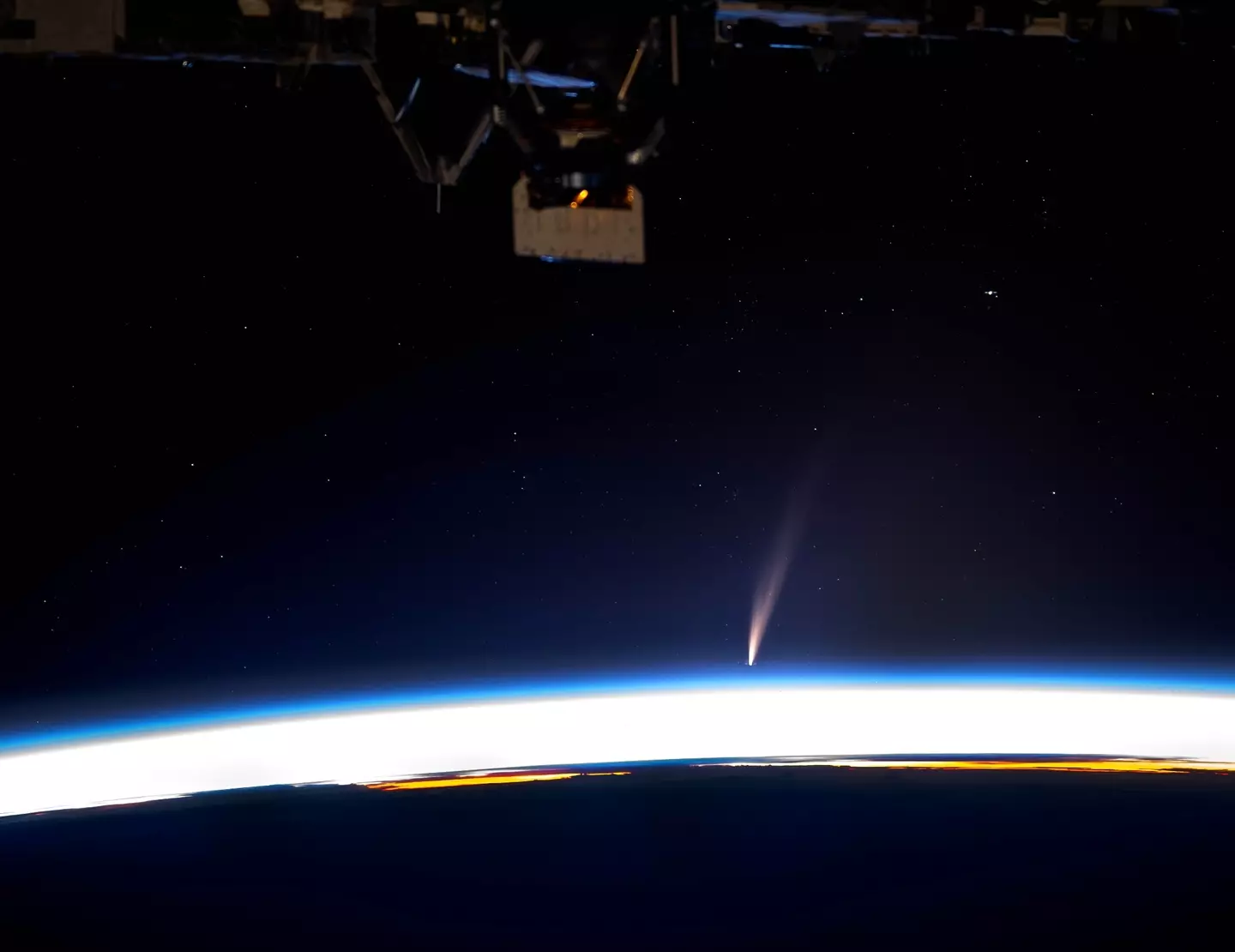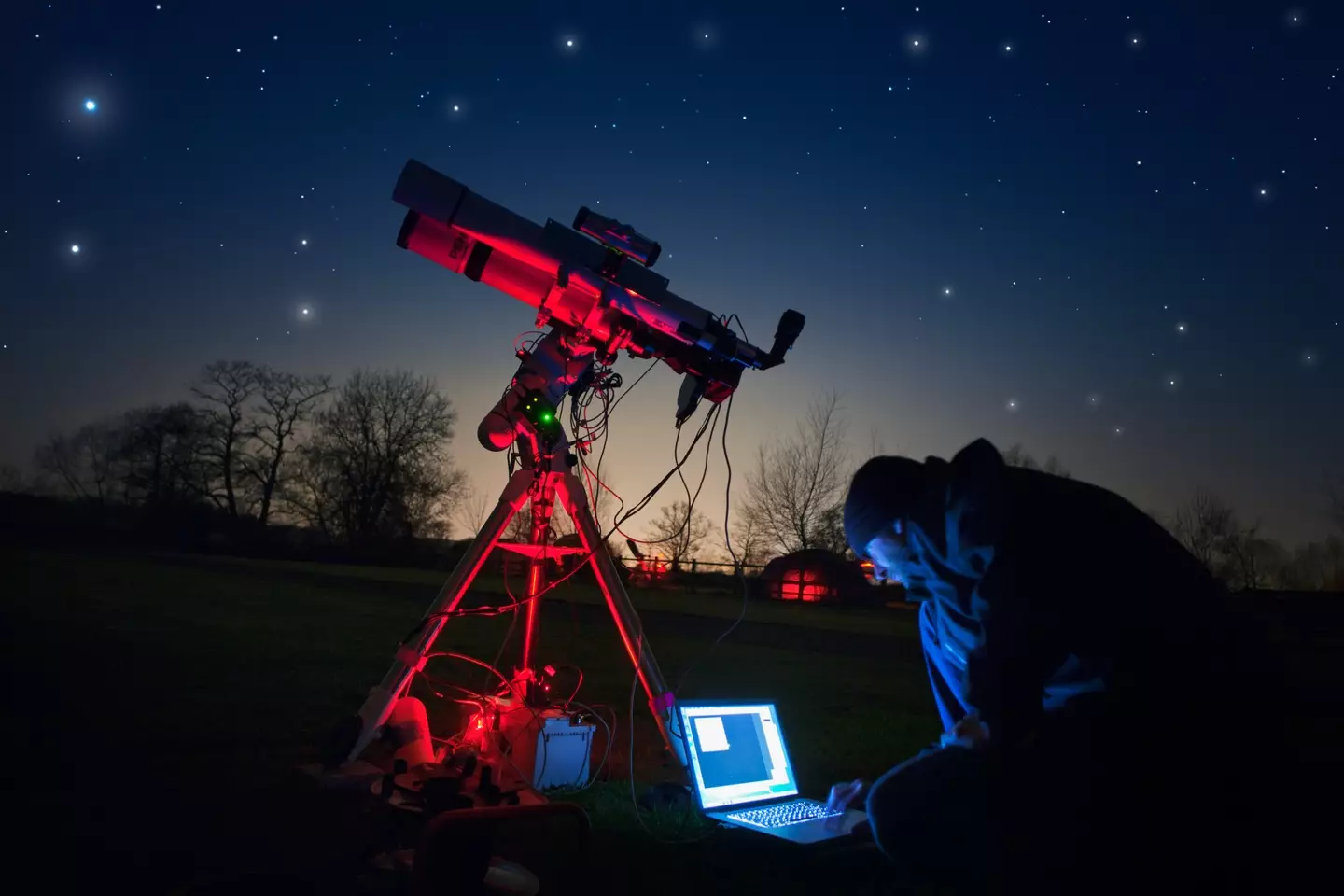Such a rare event in the history of the universe
A comet visible only once every 160,000 years is set to fly by Earth. You have a good possibility of seeing it, too.
The sub-zero frozen space rock, known as C/2024 G3 Atlas, will be visible from Earth within the next week.
The Asteroid Terrestrial-impact Last Alert System (ATLAS) in Chile made the initial observation of it in April 2014.
The comet had been an incredible 400 million miles from Earth when it was first spotted.
At that time, it was 158,000 times fainter than the faint star that could be seen from Earth. Therefore, without the most advanced scientific equipment, there is essentially no chance of detecting it.

G3 Atlas comet’s journey through space
Now, G3 Atlas is set to reach something called its peak perihelion. This is the moment on its journey through space when it is closest to the Sun.
Dr Shyam Balaji, a researcher in astroparticle physics and cosmology at King’s College London, said: “As with all comets, its visibility and brightness can be unpredictable.
“Observers may have opportunities to spot it in the days around perihelion, depending on local conditions and the comet’s behaviour.
“The comet’s brightness will be influenced by its proximity to the Sun, which causes ice and frozen gases to sublimate, creating a coma and potentially a tail. While some predictions suggest it could become quite bright, comet brightness predictions are notoriously uncertain.”
The comet’s peak perihelion will be today (13 January), meaning it could be visible once darkness falls.

Seeing the G3 Atlas comet
If timed correctly, the G3 Atlas comet could be the brightest comet we have been able to see in the United Kingdom in the last 20 years.
As always with the UK, visibility is the big factor.
With recent weather being grim, and fog settling in across many parts of the country after recent snow and ice showers, hope is lower than it might have otherwise been.
Dr Balaji said if you want to see the comet you should find a location away from bright city lights, with binoculars or a small telescope your best shout, The Telegraph reported.
Check out this incredible ISS photo by astronaut Donald Petit (@astro_pettit) of Comet ATLAS (C/2024 G3) as it gets closer to the Sun. Watch as its tail begins to expand — a stunning sight as it prepares to make its closest pass…
It won’t be a blink and you’ll miss it event, thankfully, with the journey taking amount of time equivalent to days on Earth.
According to mobile stargazing app Star Walk, it’ll be visible up until 18 January.
Those in the Southern Hemisphere will get the best view of the comet due to its position in relation to the Earth.
Source: ladbible.com
